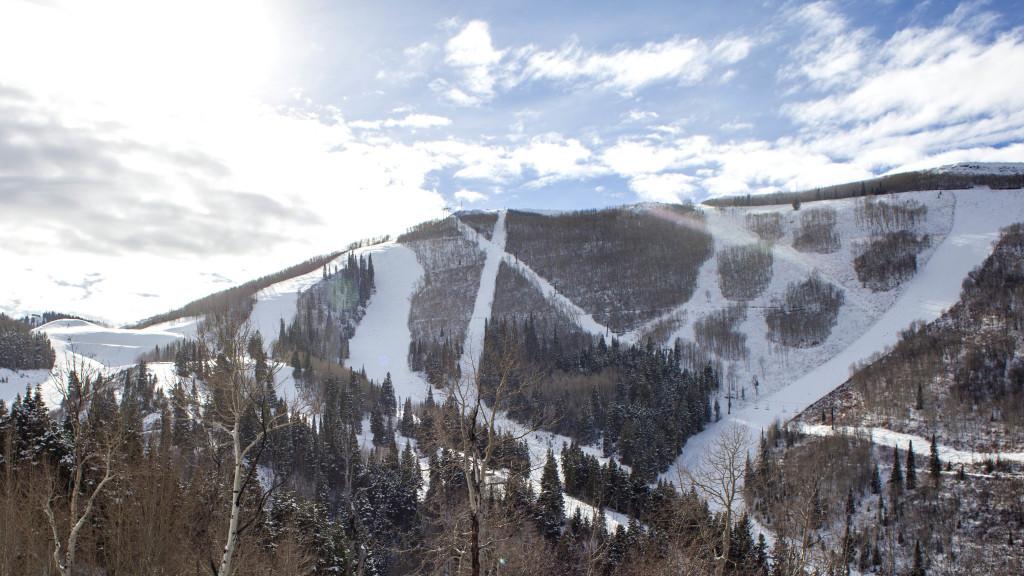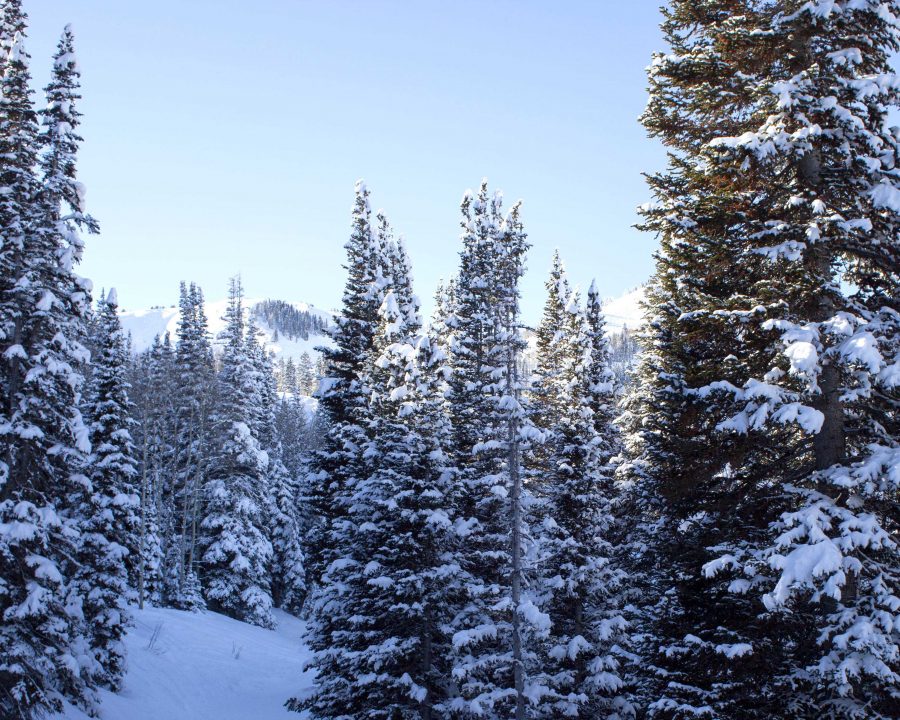The phrase “global warming” conjures up images of far-off events, such as polar bears standing on lonely melting icebergs and rapidly shrinking rainforests.
But while climate change may seem like a distant problem for Utah, Jim Steenburgh and Courtenay Strong, professors in the Department of Atmospheric Sciences, predict the environmental problem will significantly decrease the amount of the state’s “Greatest Snow on Earth” in the coming decades.
Steenburgh and Strong compiled a historical record of weather trends using satellite and other atmospheric data from the early 1900s. They are using this data to predict how much or how little snow Utah is projected to get in the coming years.
“[This research] sounds more straight-forward than it is,” Steenburgh said. “The tricky part is trying to tease out what was caused by climate change and what’s just part of Utah’s weather cycle.”
Steenburgh said there are many factors that influence the amount of snow Utah gets annually, such as the amount of trees in an area, which can lower temperatures.

Even taking these factors into account, Utah’s average climate is about two degrees warmer than it was in the early 20th century. Steenburgh said this will have an impact on everything from skiing to the general environment of Utah.
“One of the good things is that we have a high-altitude ski terrain, so they have some insurance from global warming,” he said. “I think this will be one of the last places in the world where skiing will be, but lower elevations in the next few decades will have a real problem.”
Strong said he and Steenburgh anticipate the snowfall to decline in Utah places with lower elevations from now until the year 2100, which will create an earlier and less intense spring runoff, impacting the amount of water to use in the region.
“There’s no magic bullet to fix this problem,” Steenburgh said. “We, as a society, have to transform our energy system and a lot of different efforts. I would like to see us make some steps to move towards a future where we’re not burning greenhouse gases.”
World leaders, including President Barack Obama, are currently meeting at the United Nation’s COP 21 Paris Climate Change Conference, which will run to Dec. 11 and could establish a pact to reduce this environmental threat worldwide.
“Discussion among policy makers is essential, and a concerted effort among all nations is needed if we are to alter our current climate change trajectory,” Strong said in an emailed statement.
Currently the conference is debating whether the agreement should state “nations shall” or “nations should” work to decrease greenhouse gasses. Strong said the “nations shall” decision would be more likely to lead to significant change.
Strong hopes by highlighting the local threat to the snow packs and the ski industry, it will help people in Utah consider global climate change as a pressing and real threat.
@Ehmannky


